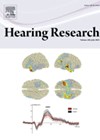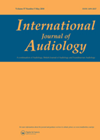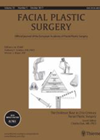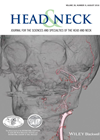
Journal Reviews
How do mermaids hear?
When the imagery of childhood fairy tales meets the more clinically analytical mind of an adult, there may at some point come the question, ‘how do mermaids hear’? Luckily a department of biology in Denmark has sought to furnish such...
Chronic rhinitis endotypes
Chronic rhinitis (CR) is common with up to 30% of the population affected, with a significant impact on quality of life. CR includes several phenotypes with different pathogenesis including allergy, autoimmune, age, occupation, pregnancy, neurogenic and drugs. Such variation means...
Directional microphones and speech
This study aimed to research how speech recognition, listening effort and localisation depends on hearing aids’ microphone configuration in people with moderate to severe hearing losses. Eighteen participants with sensorineural, symmetrical, moderate to severe hearing loss were tested. Participants were...
The double-half bilobed flap or traditional bilobed flap: which is better?
Reconstruction of the nasal tip following ablative surgery can be taxing. The nasal tip is a very visible area with largely immovable skin and reconstruction needs an appreciation of the various subunits to achieve best results. The traditional superiorly based...
Contemporary UK experience of oropharyngeal transoral laser microsurgery
It is well recognised that the current emergence of HPV-positive oropharyngeal squamous cell carcinoma (OPSCC) as a distinct disease entity requires a fresh look at standard treatment modalities that are based on chemoradiotherapy for stage III/IVa OPSCC. The Newcastle experience...










